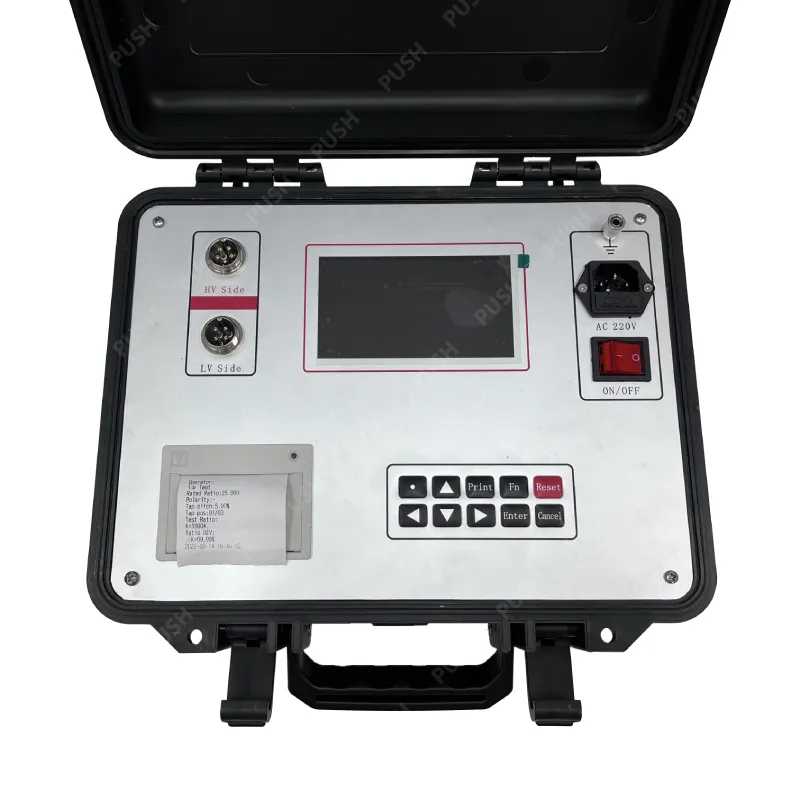 English
English



-
 Afrikaans
Afrikaans -
 Albanian
Albanian -
 Amharic
Amharic -
 Arabic
Arabic -
 Armenian
Armenian -
 Azerbaijani
Azerbaijani -
 Basque
Basque -
 Belarusian
Belarusian -
 Bengali
Bengali -
 Bosnian
Bosnian -
 Bulgarian
Bulgarian -
 Catalan
Catalan -
 Cebuano
Cebuano -
 China
China -
 China (Taiwan)
China (Taiwan) -
 Corsican
Corsican -
 Croatian
Croatian -
 Czech
Czech -
 Danish
Danish -
 Dutch
Dutch -
 English
English -
 Esperanto
Esperanto -
 Estonian
Estonian -
 Finnish
Finnish -
 French
French -
 Frisian
Frisian -
 Galician
Galician -
 Georgian
Georgian -
 German
German -
 Greek
Greek -
 Gujarati
Gujarati -
 Haitian Creole
Haitian Creole -
 hausa
hausa -
 hawaiian
hawaiian -
 Hebrew
Hebrew -
 Hindi
Hindi -
 Miao
Miao -
 Hungarian
Hungarian -
 Icelandic
Icelandic -
 igbo
igbo -
 Indonesian
Indonesian -
 irish
irish -
 Italian
Italian -
 Japanese
Japanese -
 Javanese
Javanese -
 Kannada
Kannada -
 kazakh
kazakh -
 Khmer
Khmer -
 Rwandese
Rwandese -
 Korean
Korean -
 Kurdish
Kurdish -
 Kyrgyz
Kyrgyz -
 Lao
Lao -
 Latin
Latin -
 Latvian
Latvian -
 Lithuanian
Lithuanian -
 Luxembourgish
Luxembourgish -
 Macedonian
Macedonian -
 Malgashi
Malgashi -
 Malay
Malay -
 Malayalam
Malayalam -
 Maltese
Maltese -
 Maori
Maori -
 Marathi
Marathi -
 Mongolian
Mongolian -
 Myanmar
Myanmar -
 Nepali
Nepali -
 Norwegian
Norwegian -
 Norwegian
Norwegian -
 Occitan
Occitan -
 Pashto
Pashto -
 Persian
Persian -
 Polish
Polish -
 Portuguese
Portuguese -
 Punjabi
Punjabi -
 Romanian
Romanian -
 Russian
Russian -
 Samoan
Samoan -
 Scottish Gaelic
Scottish Gaelic -
 Serbian
Serbian -
 Sesotho
Sesotho -
 Shona
Shona -
 Sindhi
Sindhi -
 Sinhala
Sinhala -
 Slovak
Slovak -
 Slovenian
Slovenian -
 Somali
Somali -
 Spanish
Spanish -
 Sundanese
Sundanese -
 Swahili
Swahili -
 Swedish
Swedish -
 Tagalog
Tagalog -
 Tajik
Tajik -
 Tamil
Tamil -
 Tatar
Tatar -
 Telugu
Telugu -
 Thai
Thai -
 Turkish
Turkish -
 Turkmen
Turkmen -
 Ukrainian
Ukrainian -
 Urdu
Urdu -
 Uighur
Uighur -
 Uzbek
Uzbek -
 Vietnamese
Vietnamese -
 Welsh
Welsh -
 Bantu
Bantu -
 Yiddish
Yiddish -
 Yoruba
Yoruba -
 Zulu
Zulu
Testing Procedures for Transformer Maintenance and Performance Evaluation
Transformer Maintenance Tests Ensuring Reliability and Efficiency
Transformers are critical components in power distribution systems, playing a vital role in voltage regulation and energy transmission. As electrical devices, they require thorough maintenance to ensure their efficiency and longevity. A well-maintained transformer can operate reliably for decades, but neglect can lead to failures that jeopardize the entire power system. This is where transformer maintenance tests come into play, providing a framework for assessing and maintaining transformer health.
Importance of Transformer Maintenance
The primary objective of transformer maintenance is to prevent unexpected failures and to extend the life of the equipment. Transformers are subject to various internal and external stresses, including heat, electrical overloads, moisture ingress, and mechanical vibrations. Over time, these factors can compromise insulation integrity, cooling systems, and overall operational efficiency. Regular maintenance and testing not only help identify potential issues before they escalate into catastrophic failures but also ensure compliance with industry standards and regulations.
Key Maintenance Tests for Transformers
1. Insulation Resistance Testing One of the most fundamental tests is insulation resistance testing, which assesses the insulation's ability to withstand electrical stress. This test involves applying a high-voltage direct current (DC) to the transformer windings and measuring the resistance. Low resistance values may indicate insulation degradation due to moisture, contamination, or age, prompting further investigation or refurbishment.
transformer maintenance tests

2. Power Factor Testing Power factor testing evaluates the dielectric performance of insulation materials used in transformers. A low power factor indicates moisture or contamination in the insulating oil or winding insulation. This test is particularly useful for detecting partial discharge activity that can lead to insulation failure.
3. Dissolved Gas Analysis (DGA) Transformers can generate gases as a result of insulation breakdown or overheating. DGA involves collecting samples of the insulating oil and analyzing the dissolved gases to identify potential issues. An increase in specific gases can indicate insulation degradation or arcing, providing early warning signs of problems that require immediate attention.
4. Thermal Imaging Infrared thermography is a non-invasive technique that detects hot spots in transformers. It allows maintenance personnel to visualize thermal patterns and identify overheating components, which may be symptoms of loose connections, overloaded circuits, or failing insulation. Regular thermal imaging can help prioritize maintenance activities and prevent catastrophic failures.
5. Transformer Sweep Frequency Response Analysis (SFRA) SFRA is a diagnostic test that measures the mechanical and electrical stability of transformer windings. By applying a variety of frequencies, it identifies potential mechanical displacements or distortions in the winding structure. This test is essential for verifying the condition of the windings after incidents such as transportation, installation, or severe fault conditions.
Conclusion
Incorporating regular maintenance tests into a transformer maintenance regimen is essential for protecting both the equipment and the overall reliability of the power system. By identifying and addressing potential issues early, utility companies and facility managers can mitigate risks, reduce downtime, and optimize the performance of their transformers. As technology advances, new testing methods and diagnostic tools continue to emerge, further enhancing the capabilities of maintenance programs. Ultimately, a proactive approach to transformer maintenance ensures that these critical assets continue to function effectively, supporting the demands of modern electrical grids while minimizing the risk of failure.
-
Testing Equipment Industry Sees Major Advancements in 2025: Smart & Precision Technologies Lead the WayNewsJun.06,2025
-
Applications of Direct Current Generators in Renewable Energy SystemsNewsJun.05,2025
-
Hipot Tester Calibration and Accuracy GuidelinesNewsJun.05,2025
-
Digital Circuit Breaker Analyzer Features and BenefitsNewsJun.05,2025
-
Benefits of Real-Time Power Quality Monitoring Devices for Industrial EfficiencyNewsJun.05,2025
-
Earth Fault Loop Testing in High-Rise Building Electrical SystemsNewsJun.05,2025



